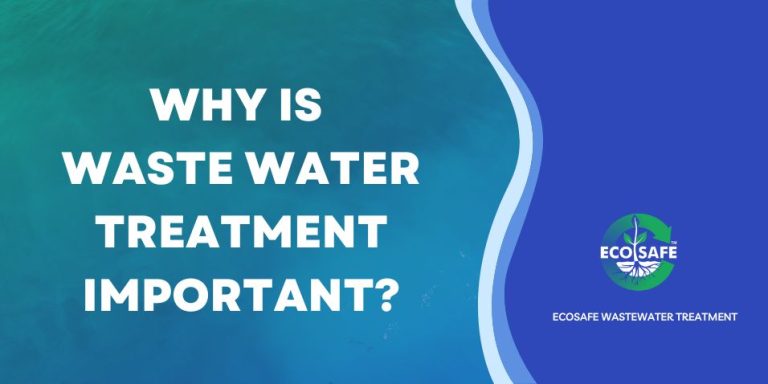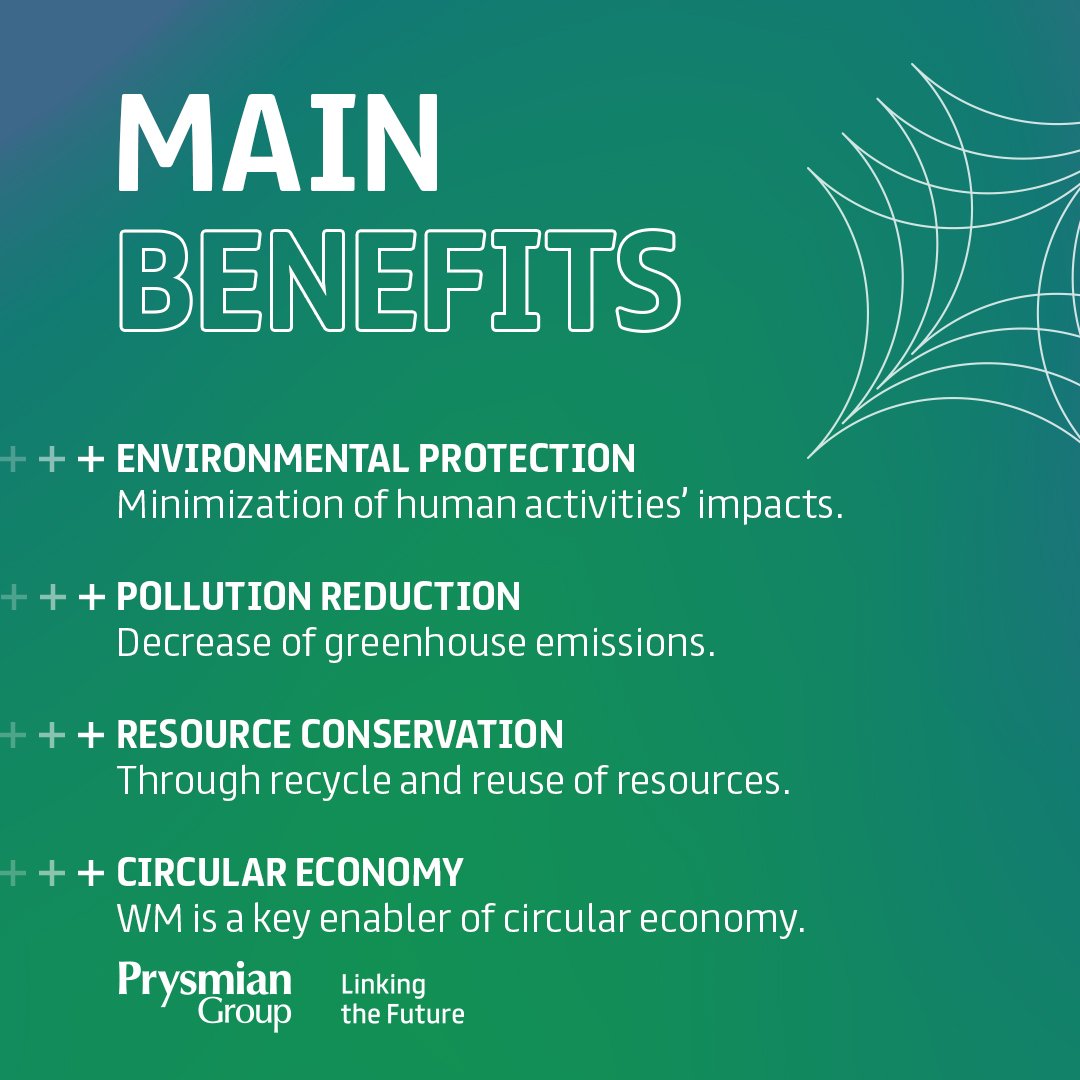More About Reclaim Waste
More About Reclaim Waste
Blog Article
Facts About Reclaim Waste Revealed
Table of ContentsIndicators on Reclaim Waste You Should KnowFascination About Reclaim WasteSome Known Questions About Reclaim Waste.Reclaim Waste - The FactsAll About Reclaim Waste
Residential sewer waste refers to the waste and products from a residential septic tank. The correct administration and disposal of residential sewer waste require fluid waste to be moved to a sewer treatment plant where the correct approaches and equipment are applied to cleanse and dispose of waste.
Industrial waste commonly includes prospective threats, such as combustible materials or a mix of liquid and strong waste products, and requires an advanced and thorough disposal procedure. The disposal of business waste normally includes the filtration of waste before transport to make certain secure and proper disposal. Industrial waste is developed from byproducts and runoff of commercial procedures and manufacturing.
This sort of waste can not use the same sewage monitoring transport or procedures as septic or industrial liquids. The hazardous waste management procedure needs the inspection and testing of liquid waste prior to it undergoes the disposal process (industrial wastewater treatment). Runoff waste is the fluid waste that originates from runoff and excess stormwater in extremely booming areas or cities
Overflow waste can create contamination and flooding otherwise taken care of correctly. Discover more about sewer cleaning and waste administration. Making certain appropriate waste administration can protect against disasters and reduce ecological harm. Both people in property setups and specialists in commercial or manufacturing industries can take advantage of understanding the processes and regulations of liquid waste management.
What Does Reclaim Waste Do?
Contact PROS Providers today to learn more about our waste monitoring and disposal solutions and the proper methods to care for the fluid waste you generate.
(https://myanimelist.net/profile/reclaimwaste1)Do you understand what occurs to your water when you draw the plug, flush the bathroom or drain the cleaning equipment? No? Well, it deserves understanding. This supposed 'wastewater' is not just a vital source however, after treatment, will be released to our land, rivers or the sea. Utilized water from bathrooms, showers, bathrooms, cooking area sinks, laundries and commercial processes is referred to as wastewater.

water made use of to cool equipment or tidy plant and equipment). Stormwater, a form of wastewater, is drainage that flows from agricultural and metropolitan areas such as roofing systems, parks, gardens, roads, paths and gutters into stormwater drains pipes, after rain. Stormwater flows unattended directly to regional creeks or rivers, ultimately getting to the sea.
Some Known Facts About Reclaim Waste.
In Queensland, many wastewater is treated at sewage therapy plants. Wastewater is transported from residential or commercial sites via a system of sewers and pump terminals, known as sewerage reticulation, to a sewer treatment plant.
The Department of Natural Resources advises local federal governments about handling, operating and preserving sewage systems and treatment plants. In unsewered locations, city governments might call for householders to mount specific or home sewer therapy systems to treat residential wastewater from toilets, kitchen areas, washrooms and laundries. The Division of Natural Resources authorises the usage of household systems when they are shown to be efficient.
In some new class, treatment of some stormwater to get rid of clutter, sand and crushed rock has begun using gross toxin traps. Wastewater treatment takes place in 4 phases: Gets rid of strong matter.
Wastewater after that flows into large tanks where solids settle and are gotten rid of as sludge. Grease and residue are skimmed from the surface area. Uses little living microorganisms understands as micro-organisms to damage down and eliminate continuing to be liquified wastes and great bits. Micro-organisms and wastes are integrated in the sludge. Gets rid of nitrogen and phosphorus nutrients that could create algal flowers in our rivers and intimidate aquatic life.
Not known Facts About Reclaim Waste
Nutrient removal is not offered at all sewer therapy plants since it needs pricey specialized tools. Clear fluid effluent produced after therapy may still consist of disease-causing micro-organisms - liquid waste removal.

A lot of wastewater flows right into the sewerage system. Under the Act, local federal governments carry out authorizations and permits for ecologically relevant tasks (ERAs) entailing wastewater releases that may have a regional effect.
About Reclaim Waste
Monitoring offers valid information about water top quality and can verify that permit problems are being met. The information acquired through tracking offers the basis for making water high quality choices.
Report this page